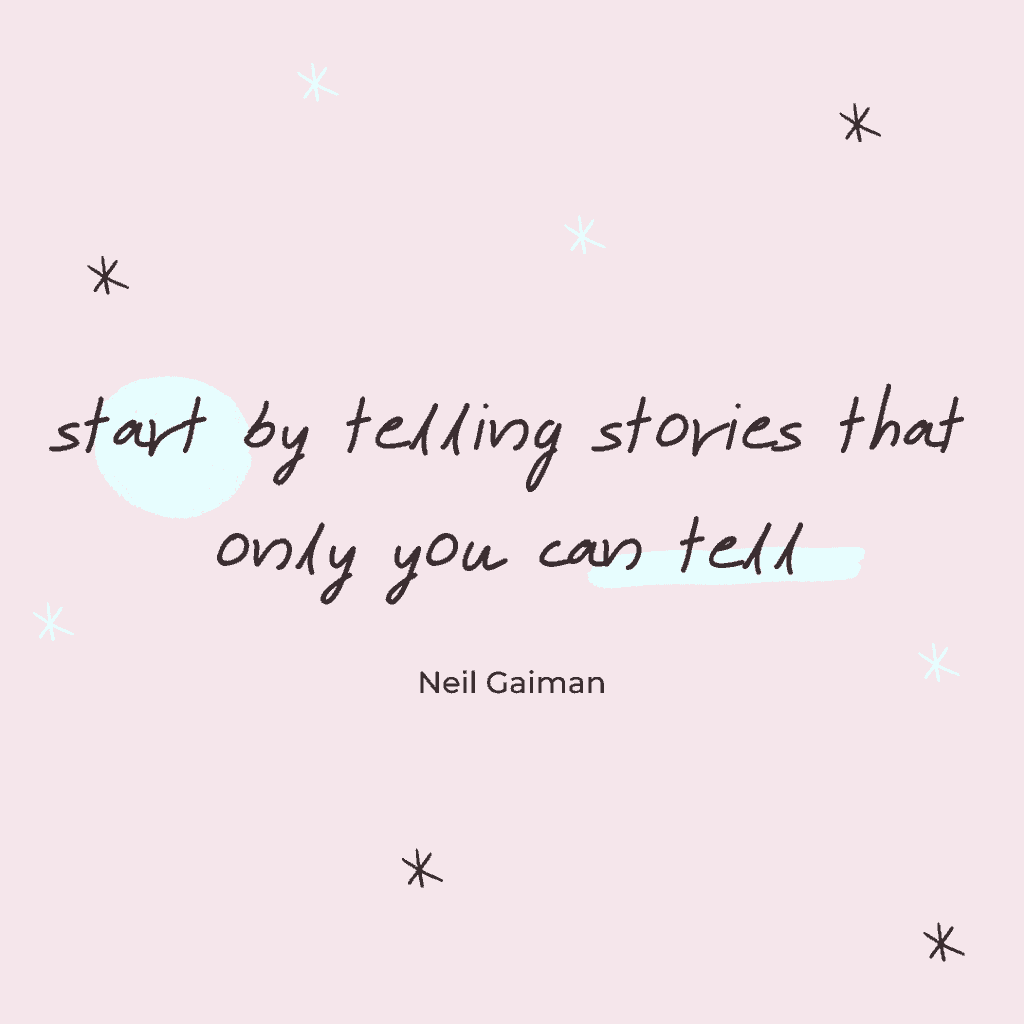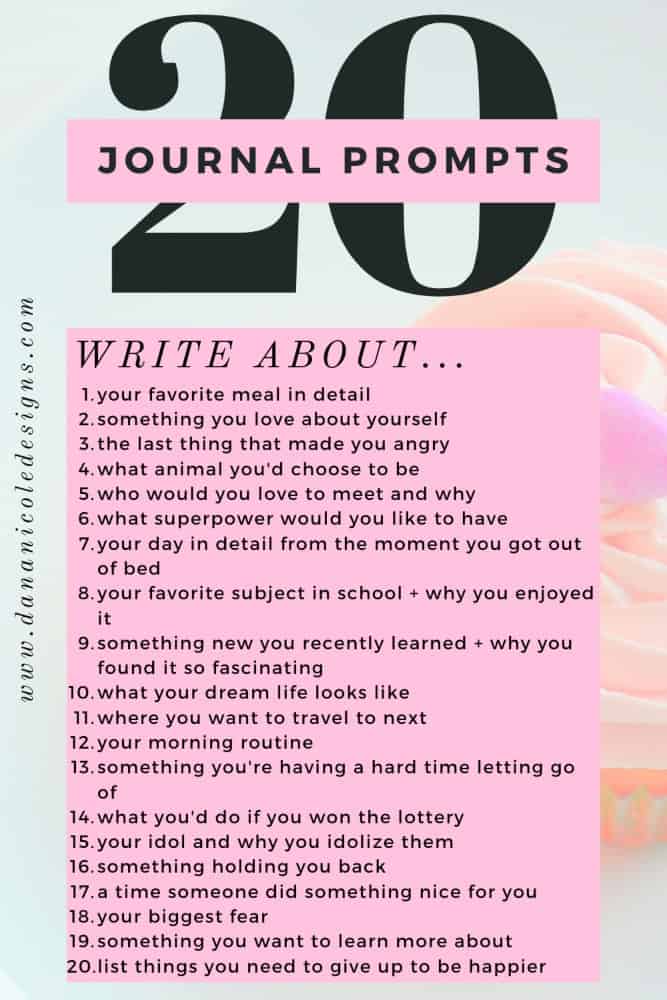Last Updated on
Writing is a handy skills for all business owners to have.
Good writing will engage your audience, build your brand and convert more customers.
But writing can feel intimidating if you aren’t confident in your ability.
Here are some actionable writing tips that I’ve used as a B2B SaaS copywriter and blogger, and that you can apply to your own writing.
1. Understand Your Strengths
It’s important to understand your strengths so you can use them to your advantage as a writer.
Are you good at sales? Awesome.
Business writing is often about selling an idea (or product). If you are good at sales, use that to your advantage by pretending to speak with a potential customer. What types of things would you say to them? How would you say those things? Put those into words to help you form your copy.
Can you break down complex topics? Writing (usually) doesn’t need to be complex. I like to write with an “ELi5 (explain it like I’m 5)” approach. Being able to take something complex and explain it to your audience is a wonderful skill to have.
Do you tell great stories? Good copy will help the reader envision whatever it is you are describing. Stories are excellent for engaging with your audience.
The above examples are just a start, but try to first find what you are good at and relate it back to writing.
2. Start by Telling a Story
Story telling, like we talked about briefly above, is a powerful way to connect with your audience.

I posted the above quote on my Instagram. Neil Gaiman explains that while someone will always be better at writing than you, your stories are unique to you, and nobody else can tell those stories.
Work stories into your copy for a truly unique perspective.
3. Speak it Out
Many people who come to me and say, “I’m just not good at writing“, are fantastic conversationalists.
Sometimes, when I’m experiencing writer’s block, I’ll pretend to be in a conversation with someone where I need to explain the topic at hand.
I’ll begin speaking out loud, and when I find a sentence I like, I write it down.
You may also want to use a “speech-to-text” program to help put your words to paper.
4. Read
Reading is a crucial activity for writers.
Reading will allow you to experience different voices, increase your vocabulary and expand your knowledge — all helpful skills for a writer.
I put together a useful framework to help you become a better writer through purposeful reading.
5. Read Your Writing Out Loud
…or have a text-to-speech software read it for you. Personally, I prefer to have text-to-speech because I’m prone to missing subtle errors when I read out loud.
Hearing your writing being read back to you will allow you to view it from a critical perspective, making editing a cinch.
6. Remove Filler Words
Filler words weaken your copy. Your goal is to write with clarity and brevity.
Let’s take the two sentences above and add filler words to see how they differ:
Filler words will weaken your copy. You should make it your goal to write with both clarity and brevity.
Both sentences have the same meaning, but the first is snappier, stronger and concise!
The below infographic has some more helpful examples:

Source: www.grammarcheck.net
7. Keep a Journal
To improve your writing you must actually write at some point.
Your journal, however, can be used for anything. I like to jot down certain phrases I come across that pack a punch or record ideas that pop into my mind.
Other times, I’ll go online and find writing prompts to help me come up with creative writing ideas.
When it comes to journaling, don’t be overly critical of yourself. Just write.
Seriously.
Set a timer for 10 minutes, put your pen to paper and write whatever comes to mind.
No judgment. Your journal is not for anyone to read but yourself, so it doesn’t need to be perfect (in fact, it doesn’t even need to be grammatically correct)!
If you need some writing prompts to help get you started, feel free to pick from any of the below prompts:

8. Use Tools
You can find tons of helpful (and free) tools online to improve your writing.
Here are a few of my favorites:
- Grammarly: Grammarly is a text editor that looks for critical grammar and spelling checks and conciseness (within the free plan). The premium plan has more bells and whistles, but the free plan is sufficient for those just starting out!
- Capitalize My Title: If you struggle with title case or sentence case, you can use this tool to automatically correct your titles with the right format.
- CoSchedule’s Headline Analyzer: Part of writing great copy is getting people to read it, which is why having a compelling title (or email subject line) is so important. CoScheduler’s Headline Analyzer is one of my favorite tools for whipping up snappy headlines.
- Thesaurus: Any thesaurus will do. I personally like heading to a thesaurus when I begin to use the same adjective multiple times. relatedwords.org is a good online thesaurus to help you out.
9. Use “You” More Than “I”
From your reader’s perspective, using the word “you” will help them envision themselves within your writing.

This strategy is particularly useful for sales copy as the word “I” is often self-serving. Using “I” is perfectly acceptable at times, however, as telling a story from your perspective can be highly beneficial, however, you should try to use “you” more than “I” within your sales copy.
10. Use Bucket Brigades
Bucket brigades are short phrases, questions, or statements you can add to your writing to make it more enjoyable to read.
Here are a few examples of bucket brigades:
- Why?
- Why not?
- Here’s why.
- Here’s how.
- But that’s not all.
- So, what’s the solution?
- For example:
11. Use BLUF
BLUF stands for “bottom line up front.”
It’s a military communication technique used to convey information to the reader.
With BLUF, you put the most important sentence first. That usually includes a definition or the “why” (“why is this important?”)
Here’s an example of BLUF in an article I wrote about WordPress vs. Shopify:

Notice that the main point is the very first sentence. This helps skimmers get the meat of your article without reading it from top to bottom.
We Can All Write
Writing doesn’t need to be a scary item on your to-do list. It’s something we are all capable of being good at!
With the above tips and tools, you’ll be able to improve your writing with just a little extra practice throughout the day!
Pin me:

This article may include affiliate links. As an Amazon Associate I earn from qualifying purchases.

Dana Nicole is an award-winning freelance writer for MarTech/SaaS who was rated one of the best SaaS writers by Software World. She specializes in writing engaging content that ranks high in search engines and has been featured in publications like Semrush, ConvertKit, and Hotjar.
Dana holds a Bachelor’s degree in Business Administration and has over 15 years of experience working alongside national brands in their marketing departments.
When Dana’s not working, you can find her dancing en pointe, cooking up new recipes, and exploring the great outdoors with her two big dogs.

